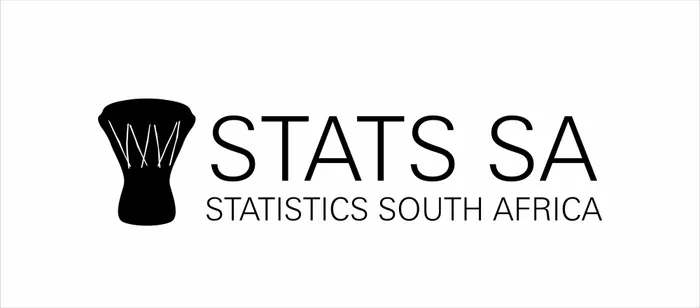9th UN Global Forum on Gender Statistics in Johannesburg set to expose gender inequalities

StatsSA logo PHOTO: Supplied/StatsSA
Johannesburg - Statistics South Africa says that, working in collaboration with the Statistics Division of the UN Department of Economic and Social Affairs and under the guidance of the Inter-Agency and Expert Group on Gender Statistics, it will host the 9th UN Global Forum on Gender Statistics in Johannesburg from August 29 to 31.
According to StatsSA, gender data and the statistics derived from them are a powerful tool for uncovering the differences and inequalities between women and men in all areas of life.
“They help to reveal the contributions of women and men to the economy and society, as well as the challenges they face. Gender statistics are essential for creating policies that promote gender equality and empower women and girls. They are also invaluable for monitoring progress and pinpointing where more work and focus are needed to achieve equitable outcomes,” says StatsSA.
The forum is set to establish enhanced metrics for producing gender statistics, and improved monitoring frameworks are the cornerstone of discussions at the Global Forum.
“The forum is held every second year, and this is the second time the event is hosted on the African continent. This year’s event is taking place as Women’s Month draws to a close in South Africa,” added Stats SA.
“During the forum, experts will pay special attention to how data on the care economy is produced and used and will also showcase best practices to produce reliable and high-quality gender data, including in the African region.”.
The Deputy Minister in the Presidency, Itiseng Kenneth Morolong, will deliver the keynote address at the Gender Forum at 9.45am on Tuesday, August 29, followed by a media briefing.
The Deputy Minister will be joined by the Statistician-General and head of StatsSA, Risenga Maluleke; Ranji Reddy, chief director in the Department of Women, Youth, and Persons; and Francesca Grum, assistant director, and chief of the Demographic and Social Statistics Branch, UN Statistics Division.
In the 8th edition of the forum, in the final report, it was encouraged that there be an integration of traditional and non-traditional data sources to fill in gender data gaps while safeguarding data quality, data protection, and confidentiality.
It was noted that data integration is necessary for the delivery of a holistic approach to integrated public policies.
It also indicated that there are many examples of using alternative sources to complement existing gender data collections.
“For instance, social media data from Google Analytics, Facebook, Twitter, and LinkedIn can be used to supplement traditional sources on gender statistics such as surveys and registers.
“Moreover, modelling can be used to fill data gaps. Other examples of integration include the use of techniques such as machine learning to extract data from traditional sources and complement non-traditional sources such as cell phone data, satellite data, and private sector data to assess women’s access to services,” added the report.
It was noted that these sources can often provide more timely information.
There was encouragement for the integration of multiple data sources, as long as they are considered complementary and not substitutes for each other. It was also recognised that the linkage of data across different sources is a path forward for several areas of gender concern, such as measuring gender in trade, migration and mobility. Integration of data sources (at macro- and micro-levels) was already under way, and the pandemic had accelerated those initiatives and underlined the need for progress in these areas, the report said.
The Star